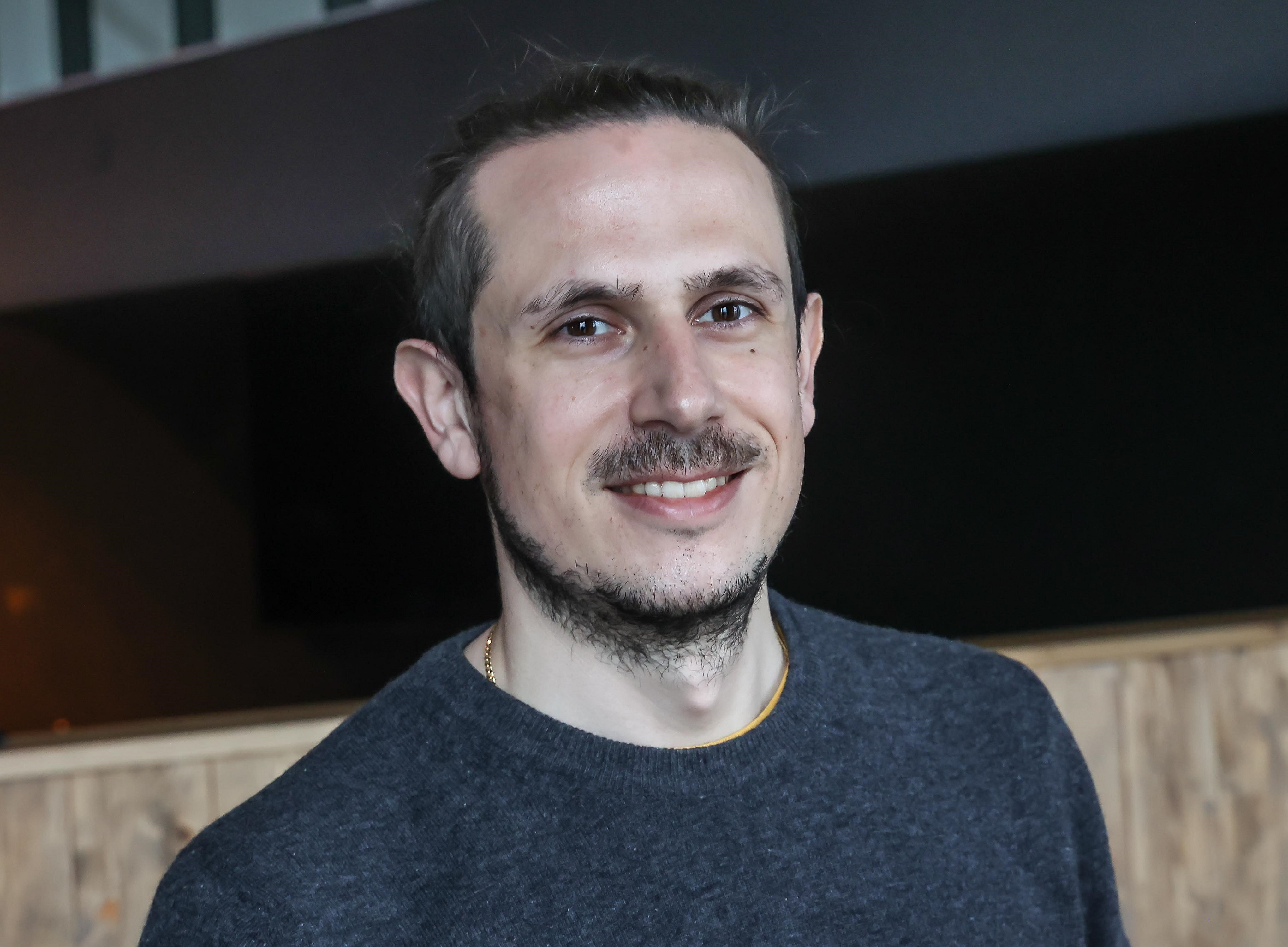The Surface Science Group is pleased to welcome Ass.-Prof. Dr. Giovanni Zamborlini as a new colleague. Dr. Zamborlini has taken up a tenure track position at the Institute of Physics in December 2023 and succeeds ao.Univ.-Prof. Dr. Michael G. Ramsey as an expert in the investigation of organic-inorganic interfaces using photoemission orbital tomography.
Giovanni Zamborlini completed his physics degree at the University of Trieste in Italy in 2013 and then worked as a PhD student at Forschungszentrum Jülich, Germany, carrying out his experimental work in the field of photoemission orbital tomography at the Elettra synchrotron in Trieste at the NanoESCA beamline. After successfully completing his doctorate in 2017, he moved to TU Dortmund, Germany, as a PostDoc in 2018, where he held a position as Assistant Professor from 2020. There he contributed his expertise to the development of an experiment on time-resolved photoemission orbital tomography.
Giovanni Zamborlini's scientific work focuses on the engineering of novel molecular interfaces, whose electronic, magnetic and chemical properties can be controlled by the interaction between organic molecules (e.g. porphyrins and phthalocyanines) and the underlying substrate. In the past, he has investigated the influence of charge transfer at the interface on the spin state and oxidation state of the metal ion contained in the molecular surface layers. He is currently expanding his area of expertise to include two-dimensional materials and covalently bonded organic networks. His goal is to develop protocols to control magnetic properties either via transient optical excitations or via proximity effects induced by molecular adsorbates. In parallel, he investigates the possibilities of charge and spin transfer from a ferromagnetic substrate to an ordered molecular film in magnetic tunnel junctions.
Giovanni Zamborlini is an excellent addition to the team of the Surface Science group due to his scientific interests as well as his technical know-how and we are sure that fruitful collaborations will arise with him in the coming years both within the group and with regard to the Graz Center of Physics and the core facility "NanoPEEM" operated jointly with Graz University of Technology.
